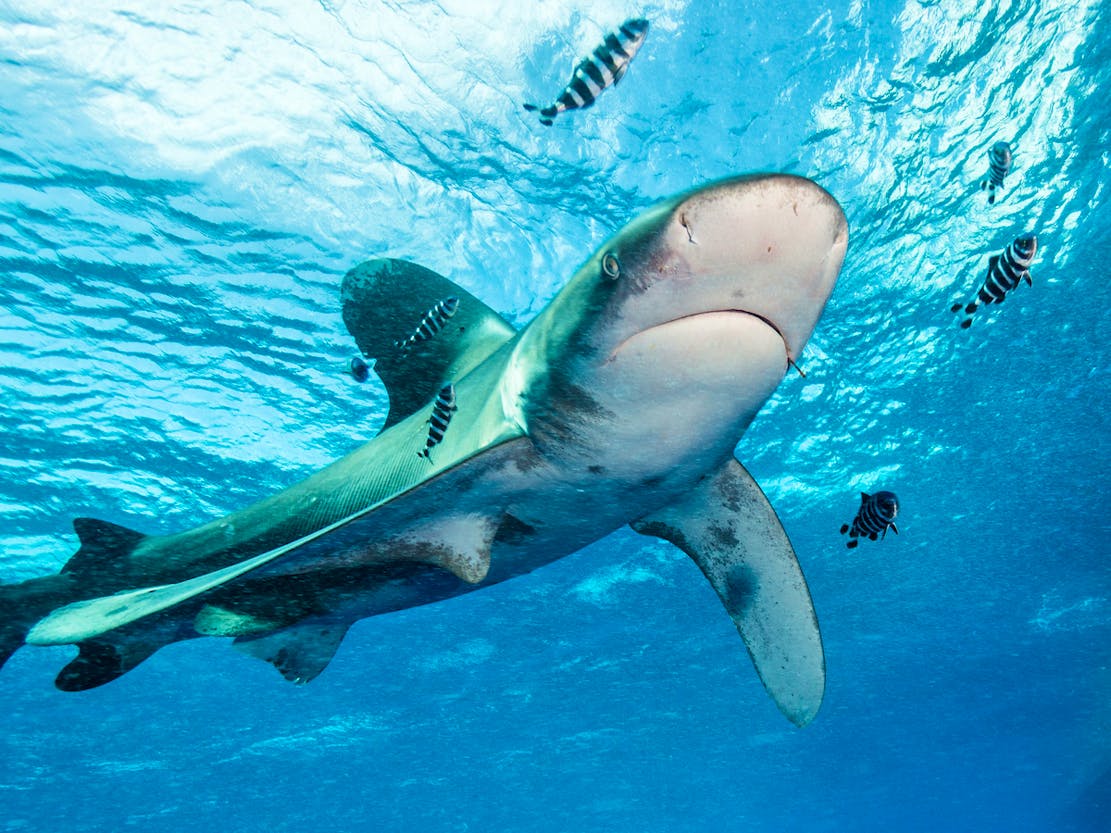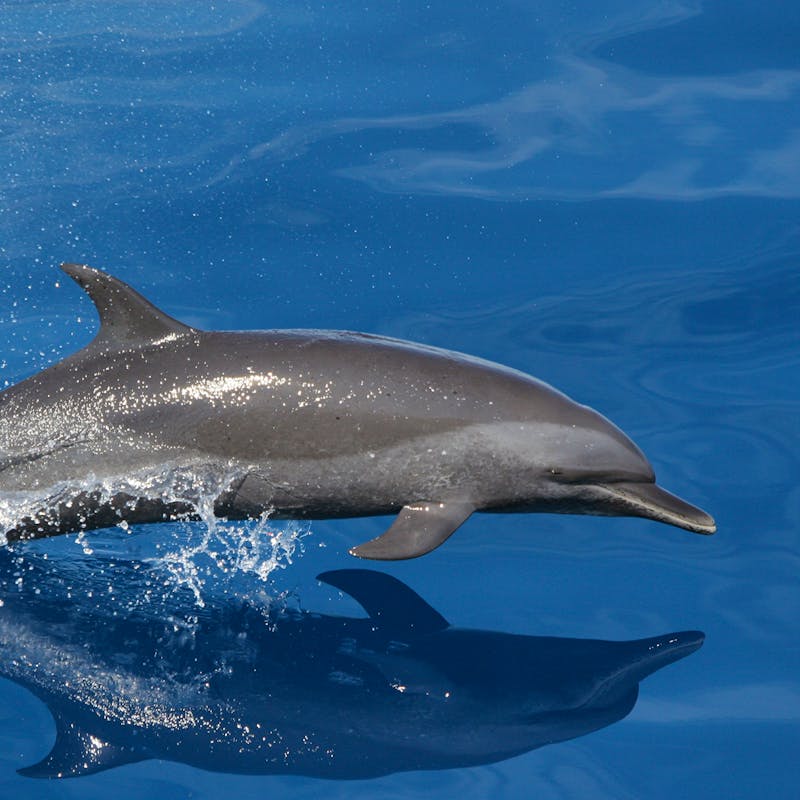Join our mobile Rapid Response Network!
You can be the first to hear about how we’re going to hold this administration accountable and how you can fight back for wildlife!
Sharks are amazing ocean predators, and they’re some of the most powerful creatures in the sea.
But one-third of shark and ray species are currently threatened with extinction. Because sharks and rays are generally slow to reproduce, the constant onslaught of threats, including shark finning, fisheries bycatch and threats to the ocean ecosystem are causing severe declines in populations that are already hard to monitor.
While it is impossible to know how many individual animals are killed yearly due to illegal and unrecorded catch, it is estimated that up to 73 million sharks are killed annually by finning alone.
Sharks and rays are threatened by the demand for fins, overfishing, fisheries bycatch, habitat and prey loss, and human disturbance.

Defenders' Impact
Defenders successfully advocated for species of sharks and rays to gain international collaboration for conservation at the Conference of the Parties to the Conference of Migratory Species of Wild Animals in Manila, Philippines – the whale shark, dusky shark, blue shark, angelshark, guitarfish and white spotted wedgefish as well as several other species at various fora such as the Convention on International Trade of Endangered Species of Wild Fauna and Flora (CITES).
In the U.S., Defenders and our conservation allies are pressuring the National Marine Fisheries Service to comply with its conservation and oversight obligations for oceanic whitetip sharks and giant manta rays mandated by the Endangered Species Act after the agency listed both species as threatened in 2018 in response to our listing petitions.
We also work to protect our national marine habitats by defending protections for national marine sanctuaries and marine national monuments.
What You Can Do
Only eat sustainable seafood, do not consume shark fin soup and make sure you know what species of fish you purchase. Choose responsible snorkel and dive operators and treat wild animals with respect. Speak up for habitat and wildlife protections.

About
Sharks and rays have adapted to living in a wide range of aquatic habitats at various temperatures. While some species inhabit shallow, coastal regions, others live in deep waters, on the ocean floor and in the open ocean.
It is difficult to estimate population numbers since there are many different species whose habitats span large geographic areas.
Most sharks are especially active in the evening or at night. Some sharks migrate over great distances to feed and breed. This can take them over entire ocean basins. While some shark species are solitary, others display social behavior at various levels. Rays may school together or may live solitary lives except during mating season.
Some sharks and rays lay eggs, but many give birth to live young. Species that lay eggs lay a leathery egg case (you might find them on the beach and call them mermaid purses). Combined with the fact that many species only give birth to one or two pups at a time, sharks and rays have great difficulty recovering from population declines.
Diet varies between species with plankton, fish, crustaceans, mollusks, plankton, krill, marine mammals or other sharks on the menu.
Featured
Swimming the Surface with Oceanic Whitetip Sharks
The oceanic whitetip was once considered the planet’s most abundant shark species but is now one of the most threatened.
News










